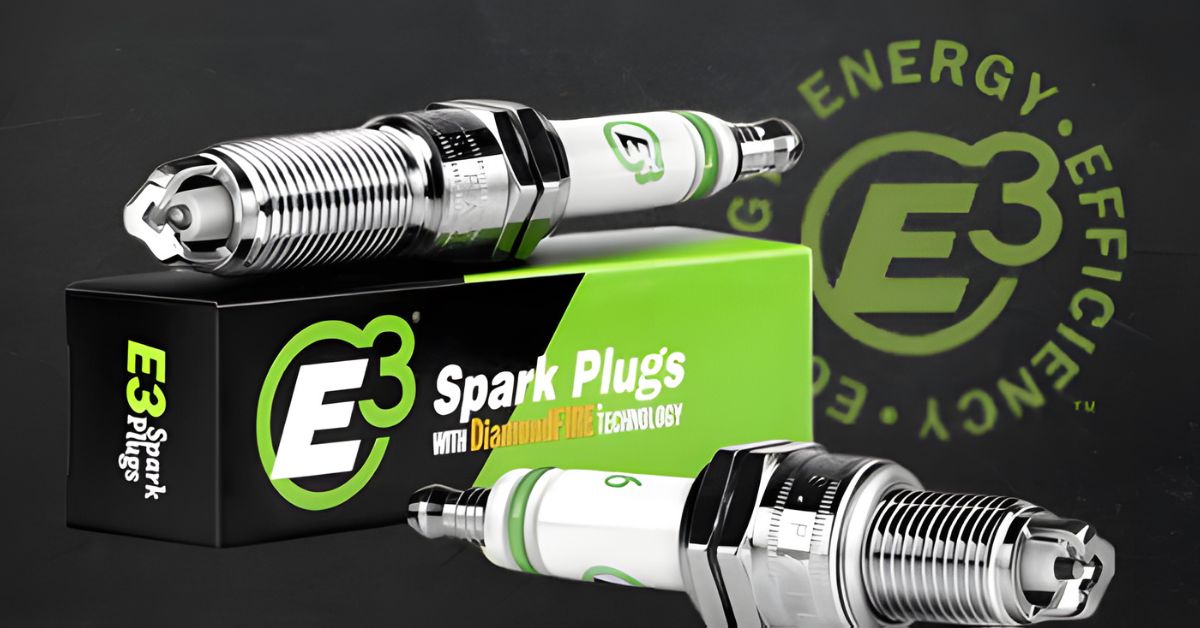
Whether you own a car, motorcycle, boat, or another internal combustion vehicle, spark plugs are vital for the engine. One way to ensure the health and viability of the vehicle’s engine and spark plugs is with a DIY test. Keep reading to learn why you should DIY test your spark plugs, how to conduct the test, and other key components to consider.
The Importance of Spark Plug Testing for Your Car, Motorcycle, or Boat
Spark plugs act as the ignition source for the air-fuel mixture. Over time, they wear out or become fouled from carbon buildup and contaminants. This degradation leads to decreased fuel economy, sluggish acceleration, and engine misfires; each of these are frustrating, costly issues that you want to avoid.
Regular testing and maintenance—including checking their gap and inspecting for wear—are essential to ensure optimal engine performance. Proactive spark plug care will prevent extensive repairs, extend the engine’s life span, save you money on fuel and repairs, produce lower emissions, and let you enjoy smoother throttle response.
Why You Should Consider a DIY Spark Plug Test
Performing a DIY spark plug test is not only cost-effective but also empowers you to take control of your vehicle’s maintenance. By regularly checking your spark plugs, you can identify potential issues before they escalate. Understanding the condition of your spark plugs also gives you with insight into the engine’s health status, so you can make informed decisions about maintenance and repairs.
Signs You Should Test Your Spark Plugs

Difficulty Starting Engine
Vehicles that struggle to start are more likely to have failing spark plugs. Worn spark plugs may have trouble generating enough energy to ignite the fuel-air mixture, resulting in difficulty starting the engine.
Rough Idling
If you notice your engine is idling roughly or shaking, these are signs that one or more spark plugs aren’t firing correctly. This can lead to decreased engine performance and fuel economy.
Poor Acceleration
Worn-out spark plugs also cause vehicles to sluggishly accelerate. If the spark plug is unable to provide sufficient energy to ignite the fuel-air mixture, the engine cannot reach its full potential and respond with effective acceleration.
Check Engine Light Activated
A faulty spark plug can trigger the check engine light to flicker on the dashboard of your car, boat, or motorcycle. While this warning light can indicate various issues, it’s worth performing a spark plug test to rule out the concern of a deficient spark plug.
How To Test a Spark Plug Yourself
The Grounding Test
The grounding test is a simple procedure to check the spark plug’s functionality. Start with the engine turned off and cool. Remove the spark plug from its cylinder using a socket wrench; inspect it for damage or wear.
Attach a spark plug boot or wire to the plug. Hold it by the insulated end with insulated pliers. Then, ground the metal part against a clean surface on the engine block.
Have an assistant—or yourself, if you can manage the task—turn the ignition key to "start" without cranking the engine. Look for a bright blue or white spark across the gap. A strong spark indicates the plug is functional, while a weak or absent spark suggests that the part needs replacing. After testing, reinstall or replace the spark plug, so the engine is ready to go for the next drive.
The Multimeter Test
The multimeter approach measures the resistance of the spark plug to indicate the part’s condition and functionality. Remove the spark plug using a socket wrench. Set the multimeter to measure resistance (ohms).
Connect the multimeter probes to the spark plug terminal and the ground electrode; you should receive a reading that adheres to the manufacturer’s specified range. Most automotive spark plugs fall between 3,000 to 5,000 ohms. A reading significantly above or below this range suggests that the spark plug is either worn down or failing, which warrants a replacement.

5 Considerations for DIY Spark Plug Testing
There are a few key considerations that car, boat, and motorcycle owners should not forget when conducting a DIY spark plug test. These include conducting the test safely, using the proper equipment, and familiarizing yourself with the engine.
Safety Precautions
Before engaging in any DIY spark plug testing, it’s imperative to adhere to strict safety precautions. Make sure the engine is off and cooled to prevent burns or accidental starts during the test. Disconnect the battery to eliminate the risk of electrical shock. You should also wear personal protective equipment, including safety glasses and gloves.
It’s also advisable to work in a well-ventilated area so you don’t inhale any harmful fumes. By establishing these precautions, you can create a safer working environment while testing the quality of the spark plugs.
Correct Tools
Spark plug testing and replacement requires specific tools. A high-quality socket wrench set is necessary for removing and installing spark plugs, accompanied by a spark plug gapper for checking the spacing between the electrodes.
Having a torque wrench on hand ensures that you can fully tighten the threaded sections of the cylinder head without causing damage.
Visual Inspection
Conducting a thorough visual inspection of the spark plugs can reveal crucial insights into their condition. After removal, examine the spark plugs for excessive carbon buildup, oil contamination, or physical damage such as cracks and chips.
The electrode condition indicates various issues; for instance, a worn or eroded electrode suggests prolonged use, while a heavily soiled spark plug points to improper fuel mixture or oil leaks. Documenting these findings can guide your subsequent maintenance actions and highlight any immediate concerns.
Testing Methodology
A systematic testing methodology will accurately assess the spark plug’s performance. Following the grounding and multimeter tests, document the results of testing parameters—including resistance values and spark appearance—to track variances over time. Understanding the baseline metrics for your specific spark plugs allows for effective comparison and identification of variances that may indicate underlying issues.
Engine Specifications
Familiarity with your engine’s specifications is invaluable when performing spark plug testing. Reference the manufacturer’s guidelines to determine the correct type of spark plug, including heat range and gap specifications.
Various engine configurations necessitate different spark plug designs optimized for specific performance characteristics. Adhering to these specifications guarantees that each replacement is appropriate for the engine, ultimately promoting enhanced performance, efficiency, and longevity.
Replace Faulty Spark Plugs With High-Performance E3 Spark Plugs
With the knowledge to conduct a spark plug test, you now need a replacement to complete the task. E3 Spark Plugs can help! Our wide inventory caters to practically every kind of vehicle, including watercraft spark plugs.
Our advanced DiamondFIRE technology offers superior ignition, better fuel efficiency, reduced emissions, and enhanced engine performance. Browse our inventory to find the ideal plugs for your vehicle, or contact our staff to speak with a spark plug expert today!







